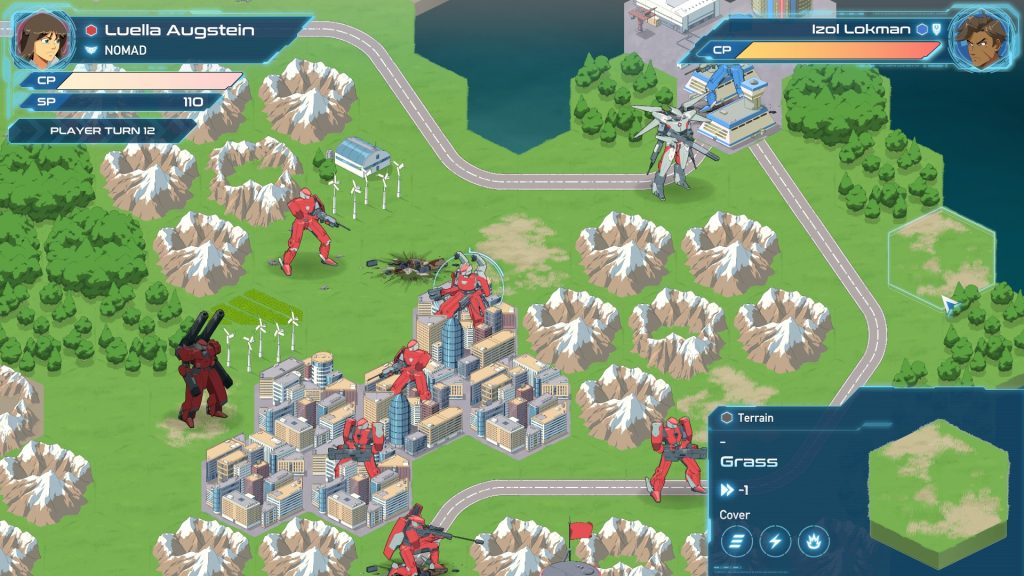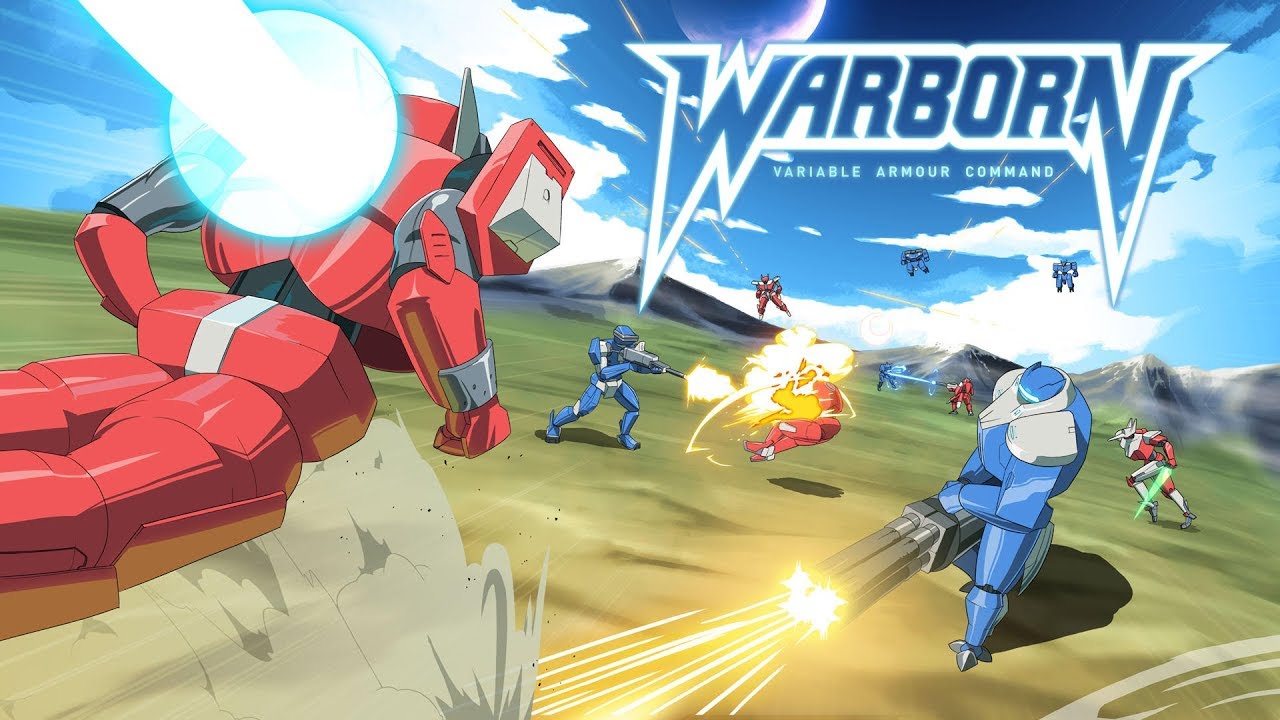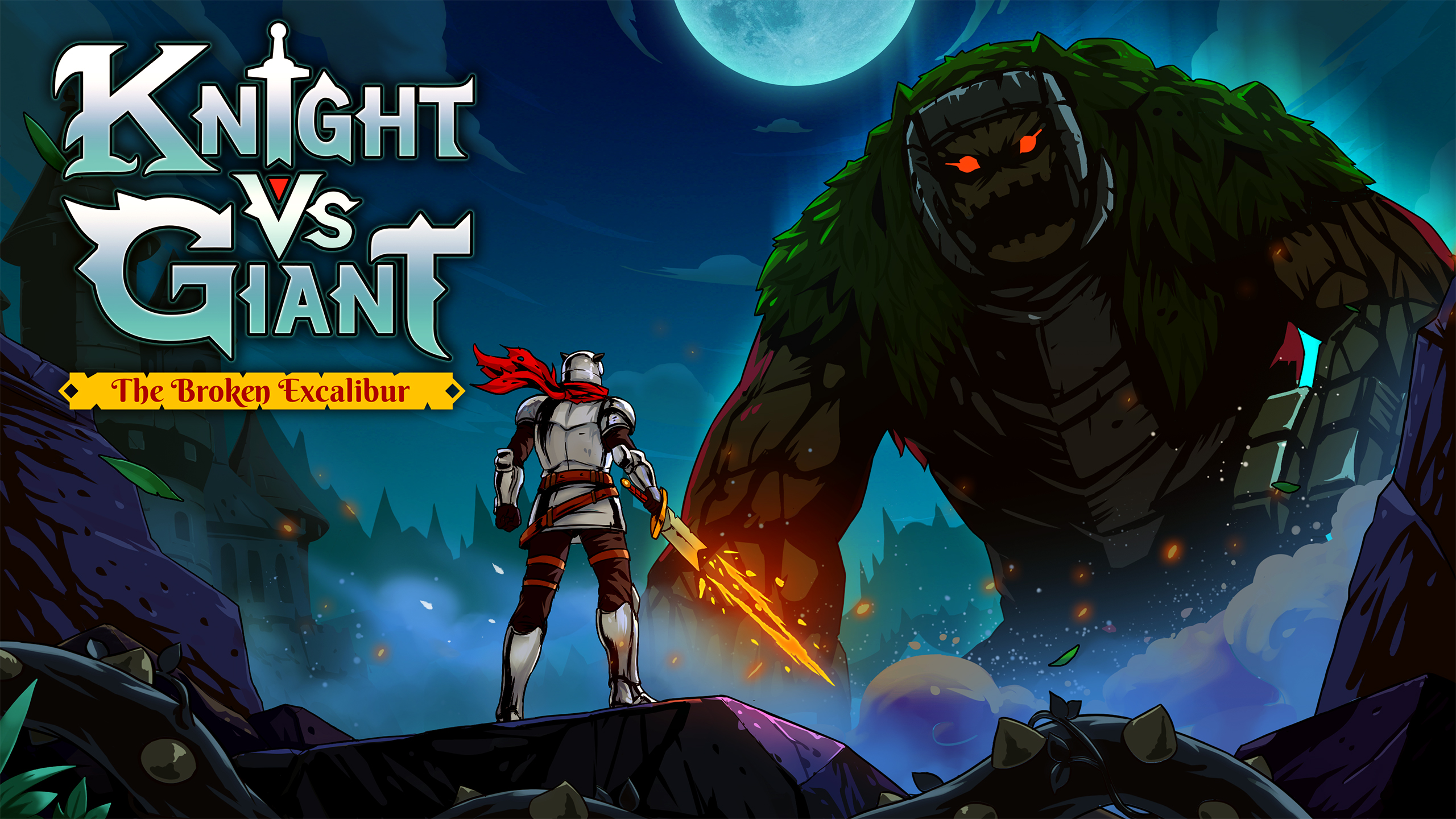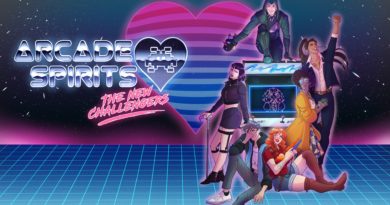Warborn (PC) Review – Hex Gonna Give It To Ya
I’m 20 hours into Warborn and for the first time, I’m feeling utterly outgunned. I’d made some poor choices, left too many of my units exposed, lost too many of my bases and paid the price for it. Most of my Variable Armour’s were now smoking craters and I was down to my last 3 units. All of them were are close quarters specialists. The enemy had formed a kind of triangle that was advancing slowly while battering my Mecha from distance. I had to do something this turn or I was a done for. I get lucky. The enemy group had bunched together and they’d moved close enough for me to get within striking distance this turn. I advance and attacked. A move I’d been waiting to refresh – piercing slash – was ready to use and this move is special. It does some hefty damage to the enemy directly in front of you but it does progressively more damage to those standing in the grid spaces behind them. All the enemy Mech’s are bunched up and I’m about to get some sweet revenge. Working my angles out, I positioned each of my Vanguard unit’s to do maximum damage. It it wasn’t going to be enough. They we’re going to survive and finish me off on the next turn – except my last strike became a Critical by some stroke of insane luck. Boom. Boom. Boom. They’re all done. I’m not afraid to say I did a little fist pump. Warborn, a turn based hex-grid strategy game with an anime aesthetic, delivers these types of moments regularly. I’ve punched the air quite a number of times.

The campaign in Warborn begins as unrest starts to spread throughout the Auros System. Tensions between factions, which have been fighting over the precious resource Eionite for years, begin to flare up. Facilities have been attacked, resources have been stolen and everyone’s pointing their finger at someone else. The Cerulian’s, the Republic of Nethallis, a mercenary group called NOMAD and the Krukov Mining Corp. fight among themselves and against pirates while a bigger game is being played in the shadows. The 4 factions in the game, each coming into this conflict from a different point of view, fight to uncover the truth of what’s really going on.
The narrative in the Warborn campaign is delivered almost exclusively via conversations, kind of like a visual novel only without an internal monologue or any descriptive text. A cast of support characters to bounce off of help move things along but because there’s no glossary of terms or any real introduction to the world of Warborn, the first few hours can be confusing. Faction names, Mecha types, character references you’ve not met, unexplained historical events and world elements that aren’t immediately apparent are thrown at you in rapid succession. It takes a few hours for everything to start making sense. Even when it does make sense, there’s some clumsy scene setting that’s basically “Want a fight?”, “Yeah, go on then”. Stick with it though and Warborn rewards you with a plot that slowly unveils a mystery that it lays the seeds for very early on. The pay off is worth the early struggles.
Throughout the campaign, you get a taster of what each Warborn faction stands for how they play. It begins with 9 missions as Luella, a mercenary working for NOMAD. The faction itself doesn’t have allegiances but Luella has a history she’s never quite been able to get over. Next is Vincent, a high ranking officer in the Republic of Nethallis forces. He’s a skilled close quarters fighter and he’s proud to do his duty for Nethallis. The penultimate character is Aurielle, daughter of a Krukov Mining Corp Eionite mogul. She always seems like she has something to prove. Lastly there’s Izol, a Cerulia warrior who’s almost permanently grumpy. These 4 characters make up the main cast for the game and are the gallery of commanders you can fight as outside of the campaign too.
Outside of the campaign, all of the factions are symmetrical. All of armour units are available to choose no matter which commander you pick to play as. During the campaign though, some Mecha’s are off limits while playing as each Commander. This is the campaign’s way of pushing you to really experiment with what each unit in the game can do. When you’re playing as Vincent for example, you’ve got a lot more fast moving but short ranged units in both your starting squad and available to purchase. It’s up to the player to best use each commander and the units they bring along with them to achieve victory. Each commander has their own specialised Variable Armour too, which features in most chapters of the campaign. Each of these have unique attacks like Luella’s long range rail cannon which hit’s any and all enemies in its line of sight. Using these units to the best of their abilities is the difference maker throughout the campaign. The final way these commanders make their play style unique is via a power up which buff’s their entire force for a single turn. These take time and participation (either by losing or killing a VA) to charge but when they’re ready, you can unleash them and sway the tide of battle. Vincent’s ability allows each unit to move an extra space during their turn, for example.

The game play in Warborn will be familiar to those who’ve played a grid bound, turn based strategy game before. Always in a 1 vs 1 battle, each character gets to move their troops and then perform an action like shooting, capturing facilities, placing traps and more. It’s not possible to perform an action and then move. There’s no gun then run here. Once you’ve exhausted all your actions, it’s the oppositions turn to do the same. The play goes back and forth until a victory condition is reached, usually by wiping the other team from the map.

There’s a myriad of considerations to make when taking your turns however. Each unit has a specified number of hex grid sections it can move through during its turn – but some terrain reduces that number. Cities and structures can half your movement amount which can really slow you down. Adversely, when you’re standing on some terrain sections, incoming damage can be reduced so you might want to head to a city or structure if you’re about to be attacked. Each Variable Armour has different defence statistics against the 3 types of attack in the game – kinetic, energy and explosive. Assessing what Mech’s you’re facing off against and pairing them off against your own forces to do the maximum of damage can be a winning strategy when facing a balanced opposition. There’s tactical depth in the turn level combat Warborn which is easily understood and clearly communicated via the UI.
There’s long game strategies you can play in Warborn too, especially in those levels with bases. The Variable Armour units are mass produced and can be deployed from orbit should you have a base that’s been captured by your team and enough “SP” to afford them. “SP” is awarded to you when you start a turn and is provided at a rate of 10 x the number of Eionite Refinery’s you’ve captured. The Refinery’s are usually spaced out evenly over the map so in the opening turn’s, you end up with a 50/50 split on those captured by each team. If you can eek out those refinery’s your opponent holds and hang onto them yourself though, you can stem their supply of SP. As the better Variable Armour’s cost a higher amount SP, you can prevent your enemy from restocking their forces while bolstering your own with better fire power. Similarly, if you lose your refinery’s, the fight to get them back can be long and arduous.

During the campaign, Warborn has some skilfully designed scenarios to be overcome. For the most part, they’re straight up fights but there’s subtle twists that make each chapter unique. Some levels put you across a map from a suitably matched force with no bases or refinery’s. Here you’ve got to deal with what you’ve been dealt in the best way you can. Other missions have you drop into to a corner of a map that’s totally controlled by your adversary and tasks you to fight your way through it. There’s a few missions that initially put you on a map without any opposition but instead have you deal with a mine field between your forces and an objective. While the variety of mission types isn’t vast, the narrative combined with the unusual, almost puzzle like strategy tests that are spaced regularly mean that the 30~ hour campaign never feels too repetitive.
Outside of the campaign, Warborn has an offline Skirmish mode where you can pick a map from a long and varied list, choose a commander and go to battle with which other character you wish.
Coupled with that is an online mode. I’ve managed to have 2 matches of Warborn against another human being and this is where the game truly comes to life. The tactical depth that the game offers becomes something formidable when it’s in the hands of a human who’s trying to second guess you. If a community of hard core players gathers around Warborn, this mode will really take off.

Last but not least on the list of features is a map editor. Using any of the 3 tile theme’s available, here you can build your own maps or tweak existing one’s which can be used in the skirmish modes. The tool set here is incredibly simple to use, simply click a type of hexagon and then click where you want it positioned, which means you can produce a small map within half an hour and have it ready to roll.
With so many strategy games releasing recently, the visuals of Warborn are what will immediately set it apart. That anime aesthetic, like the Gundam strategy game we’ve been dreaming of for the past few years, really sets it in its own league. From the character models right down to the environment tiles, it’s very clear, clean and appealing. There’s an effect in Warborn whenever an attack happens where the screen drops away leaving only the units involved in the conflict on screen. This means you get up close with the action and it’s here were you can really appreciate the quality of the unit animations too. It’s as smooth as butter on fresh toast and just as fulfilling.

The same can be said about the soundtrack which would feel right at home backing an episode of Voltron. It’s chipper, upbeat and really adds to the anime vibe Warborn gives off.
There’s a handful of aspects that I think might have really elevated Warborn that I need to mention. The first is the variety of tile sets. The game does a really good job of disguising that there are only 3 separate tile sets in the game via the deigns that are employed. Before you finish the campaign however, it becomes very clear that you’re either fighting on a lunar base, in a city or in a green belt like environment. This might be something that is addressed by DLC in the future but it sure would have been nice to see a few other types of environment designs to fight in. A jungle maybe or a snow planet.
Lastly, there’s one aspect of the otherwise exemplary UI that I’d like to see amended. The control panel to choose the actions of your VA’s is in the exact same position as the control panel for your commander. Not only that but the “wait” button which essentially ends the turn for a VA is identical to the “end me entire turn” button and is in the exact same place. I’ve accidentally ended my turn when I really wanted to ask a unit to “wait” a hand full of times which has cost me a few victories. A confirmation which asks “Are you sure you want to end your turn?” when you’ve still got units to use or SP to spend would have made this idiotproof*.
*me.

Warborn is a stylish, smartly designed and content packed sci-fi strategy game. The 30~ hour campaign tells a fun narrative, despite a rocky start, that tests the player to overcome a decent variety of foes and puzzle like missions. With a tactical depth that’s immediately clear but surprisingly deep, it’s a joy to play both on and offline. A few niggles aside that could be fixed post release, Warborn is one of the better strategy games you’ll play this year.

Warborn is launching on PC (review platform), PS4, Xbox One and Nintendo Switch on the 12th of June, 2020.
Developer: Raredrop Games
Publisher: PQube
Disclaimer: In order to complete this review, we were provided with a promotional copy of the game. For our full review policy, please go here.
If you enjoyed this article or any more of our content, please consider our Patreon.



